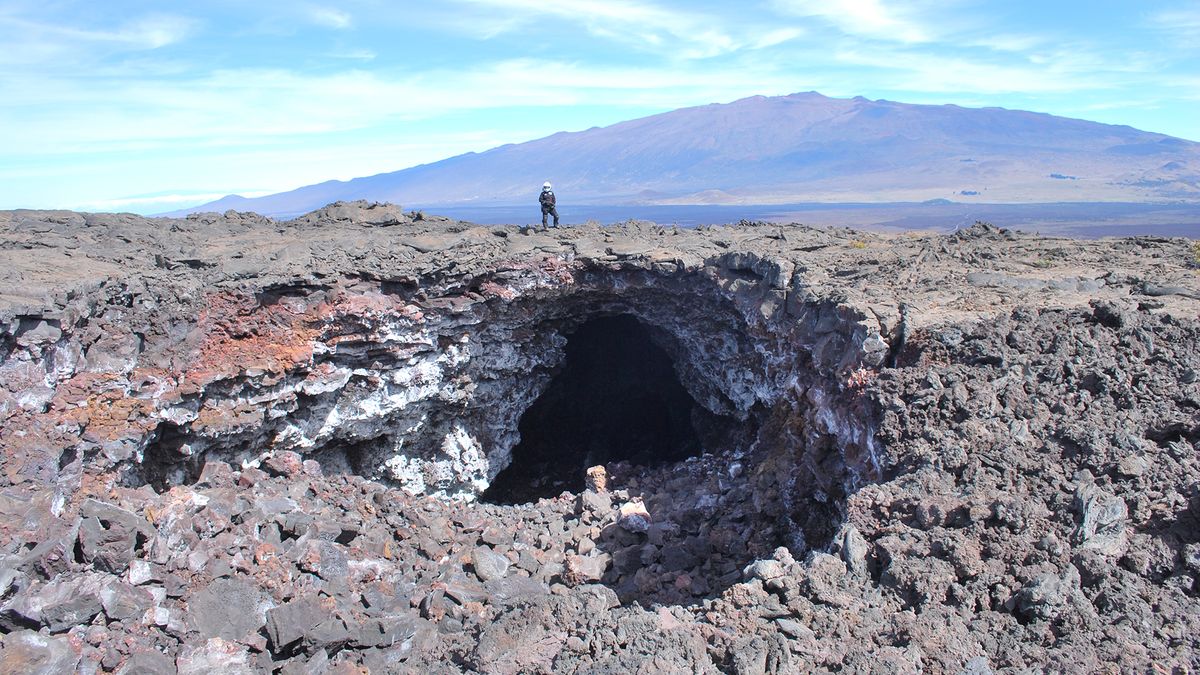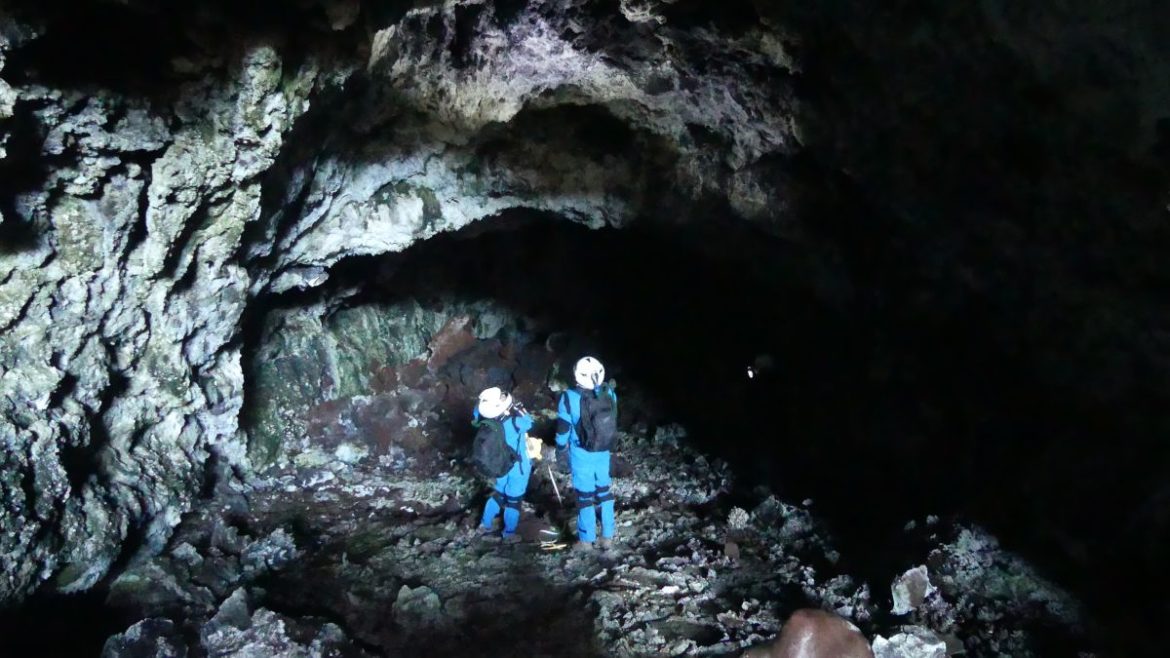Hawaii-
When humans build the first bases and habitats on other worlds, they’ll confront dangers and challenges unlike any faced by the astronauts who went before them.

The following written content by Mindy Weisberger – Senior Writer
When humans build the first bases and habitats on other worlds, they’ll confront dangers and challenges unlike any faced by the astronauts who went before them. To prepare for such challenges, scientists are descending deep underground into lava tubes in Hawaii that simulate conditions on rocky alien worlds.
There, mission crew members navigate uneven volcanic terrain and endure the physical constraints of performing research in a hostile environment. Wearing bulky suits like those required for extraterrestrial exploration, the scientists study the geology and organisms found in lava tunnels and caverns at Hawaii’s Mauna Loa volcano.
This unique research station at Mauna Loa is run by the International Moon Base Alliance (IMBA), an association working toward developing the first international moon base, according to the IMBA website. It is part of the Hawaii Space Exploration Analog and Simulation (Hi-SEAS), which organizes analog missions for “astronaut” scientists, mimicking the experience of living on Mars and the moon. Director of the Hi-SEAS habitat, Michaela Musilova offered a glimpse of such missions in a March 19 presentation at the 52nd annual Lunar and Planetary Science Conference (LPSC), held virtually this year due to COVID-19.
During Hi-SEAS missions, teams of no more than six crew members live in a lava-dome habitat for weeks or months at a stretch. Though each has a designated role — such as commander, operations officer, crew engineer and science communicator — tasks are often shared among the crew as needed, Musilova told Live Science.
“We usually have multiple crew members that can do similar tasks, and if someone is hurt or tired, there’s always someone that can replace them,” she explained.
Resources such as food, water and power are very limited and are therefore strictly monitored — as would be the case on the moon or Mars — and crew members exit the habitat only after donning protective suits, helmets and life-support systems. Analog astronauts who enter Mauna Loa’s network of lava tubes perform their research while wearing the suits, gathering critical data on lava tube geology and ecosystems. Their work also sheds light on the difficulties of conducting science in extreme environments, according to the LPSC presentation. (Chelsea Gohd, a reporter at Live Science sister site Space.com, participated in a simulated Mars mission at Hi-SEAS in November 2020, and you can read her mission updates here.) Read more from Live Science.





